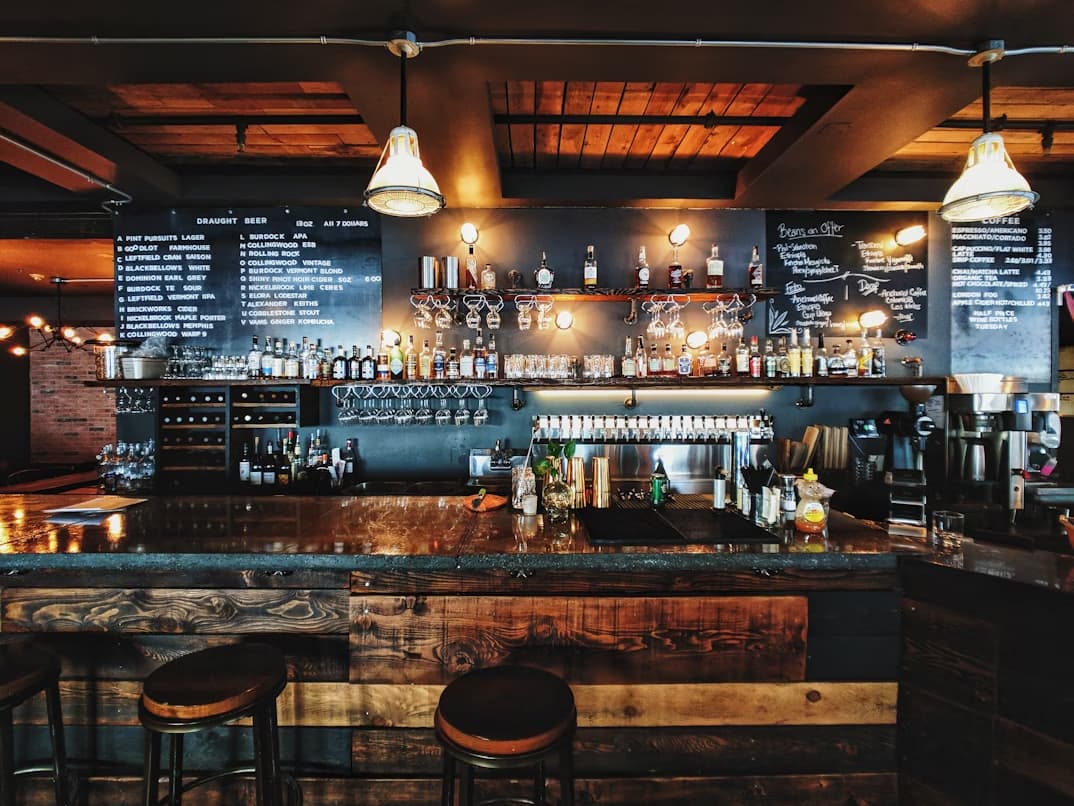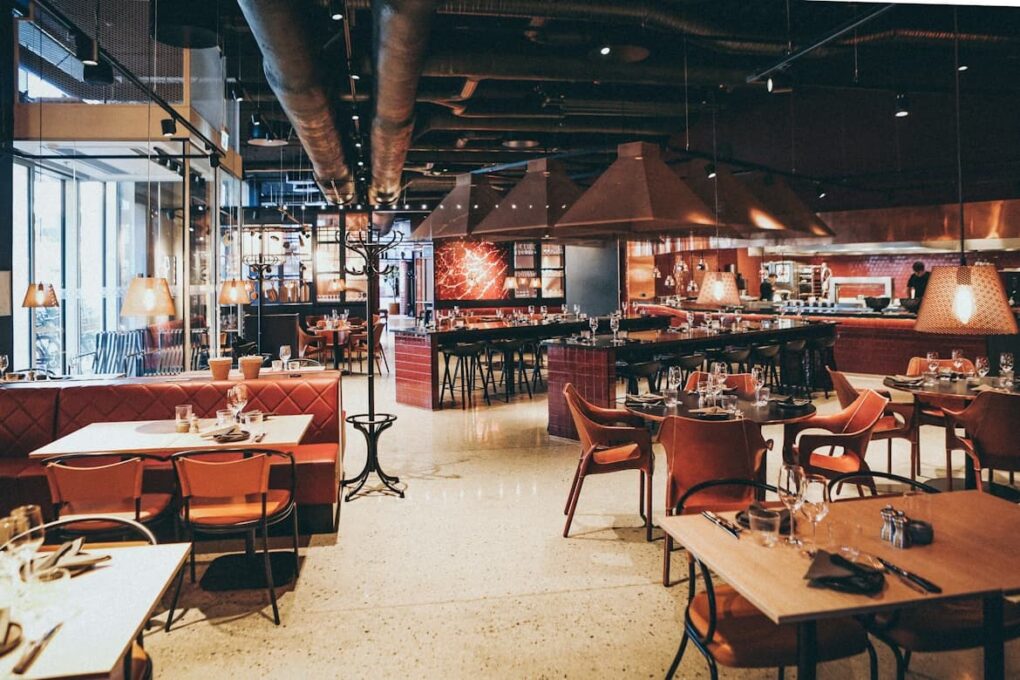The Most Common Mistakes in Restaurant Management (And How to Avoid Them)

Managing a successful restaurant goes beyond serving amazing dishes. Many outlets fail to maximize their potential due to operational mistakes that impair profitability and drive away clients.
These errors range from subpar customer feedback to inconsistent food quality. However, in this guide, we’ll highlight very common errors restaurant managers make, plus how to avoid them.
1. Poor Customer Service
Customer service is at the center of effective restaurant management. Even if you cook great food, subpar customer service leaves your clients with a lasting bad impression.
Prospective diners anticipate friendly and attentive staff who make them feel appreciated. Common challenges like rude waiters/waitresses, forgotten orders, or slow service can frustrate clients and generate negative reviews.
To avoid this, restaurant managers should prioritize holistic staff training on effective communication, efficiency, and conflict resolution. Restaurant managers can go a long way by ensuring that employees are warm and professional. Similarly, leveraging technology ideas such as a tableside ordering system to spice things up for everyone involved..
2. Inconsistent Food Quality
When customers show up at your restaurant, they anticipate the same presentation and taste every time they visit. Inconsistencies in flavors and portion sizes can feel frustrating to clients and lead them elsewhere for a decent (or more decent) meal.
Issues like a lack of standardized recipes, supply chain issues, and high staff turnover can lead to inconsistent food quality. To avoid these errors, restaurant managers would do well to place strict quality control measures in place for an upbeat professional service.
For instance, McDonald’s has succeeded in replicating food quality across thousands of outlets within and outside the US. Even if you’re running a simple food business with one outlet, investing in high-end ingredients and dependable equipment can help guarantee variations in presentation.
3. Ignoring Online Reviews
What online reviewers say about your restaurant on platforms like Yelp, Google, or Tripadvisor matters a lot. That’s because many prospective diners look up brands’ public appeal before choosing where to eat.
Ignoring negative reviews or sending defensive responses could damage your brand’s reputation even further. To salvage your image, regularly monitor reviews and acknowledge each concern professionally, offering solutions like refunds or complimentary dishes to verifiable concerns.
Encourage satisfied customers to leave a positive review to counterbalance occasional dissatisfied customers and improve your overall ratings. Also, take out time to appreciate customers who send positive feedback in a way that fosters loyalty and trust in your brand.

4. Improper Hygiene
Cleanliness is a significant factor if your restaurant must meet health regulations. The slightest report of unhygienic environments or kitchen practices can cost you your clientele or even get you convicted of violating health codes.
Of course, improper hygiene also directly affects the risk of foodborne diseases. So, investing in professional deep cleaning services and abiding by the highest standards can be highly profitable for your restaurant.
Managers should also consider enforcing strict cleaning schedules and training staff on the appropriate sanitation practices, such as proper hand washing, wearing gloves, and maintaining correct food storage temperatures. Also, regularly inspect health conditions to avoid any unpleasant feedback or surprises from clients or regulatory bodies.
5. Overcomplicated Menus
Drawing a lengthy or unfocused menu might seem like an excellent way to offer assorted dishes. But it can quickly overwhelm customers and even slow down kitchen activities.
Diners are more likely to struggle with making choices, which in turn increases table turnover. Meanwhile, they can also cause longer preparation times, higher operational costs, and food wastage.
A properly drawn list would highlight the restaurant’s strengths with a balanced selection of customer favorites and specialty dishes. Identify underperforming items and eliminate them as soon as it is feasible.
Also, simplifying the menu list can help reduce managerial errors connected to inventory control and kitchen efficiency. Occasionally, you might add limited-time specialties and keep the menu fresh.
Conclusion
Proper restaurant management can go a long way in helping any food outlet stay competitive in any environment. Managers will do great to address food quality issues and circumvent common errors to stay ahead of their game.
Many customers today expect higher standards from food brands, while others look forward to more personalized and efficient processes. Restaurants that successfully integrate technology and high-quality service will be in stronger position to remain a top favorite.